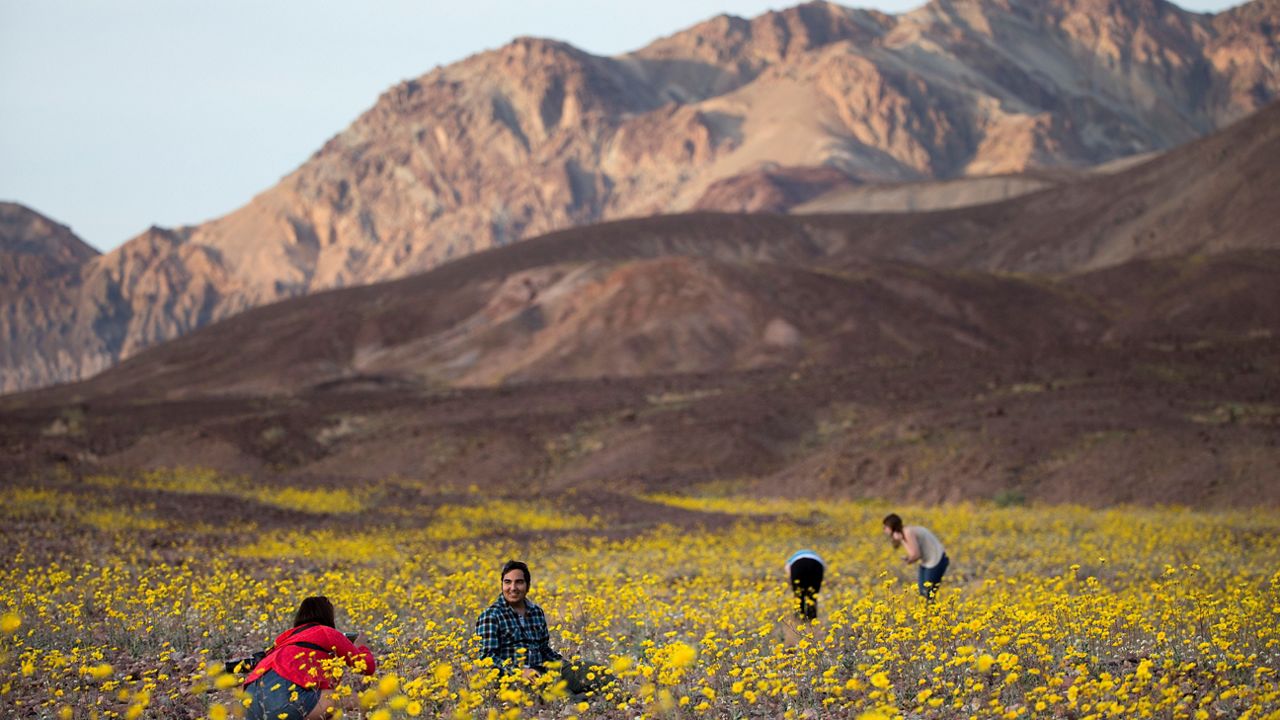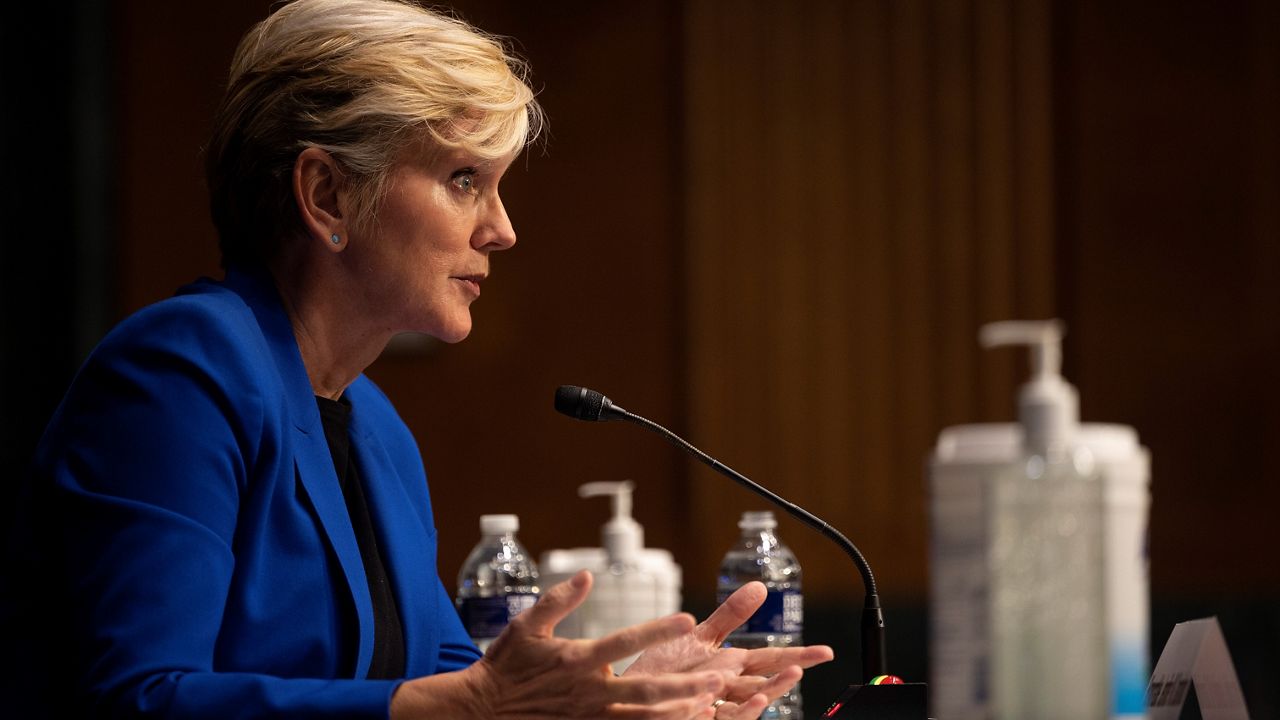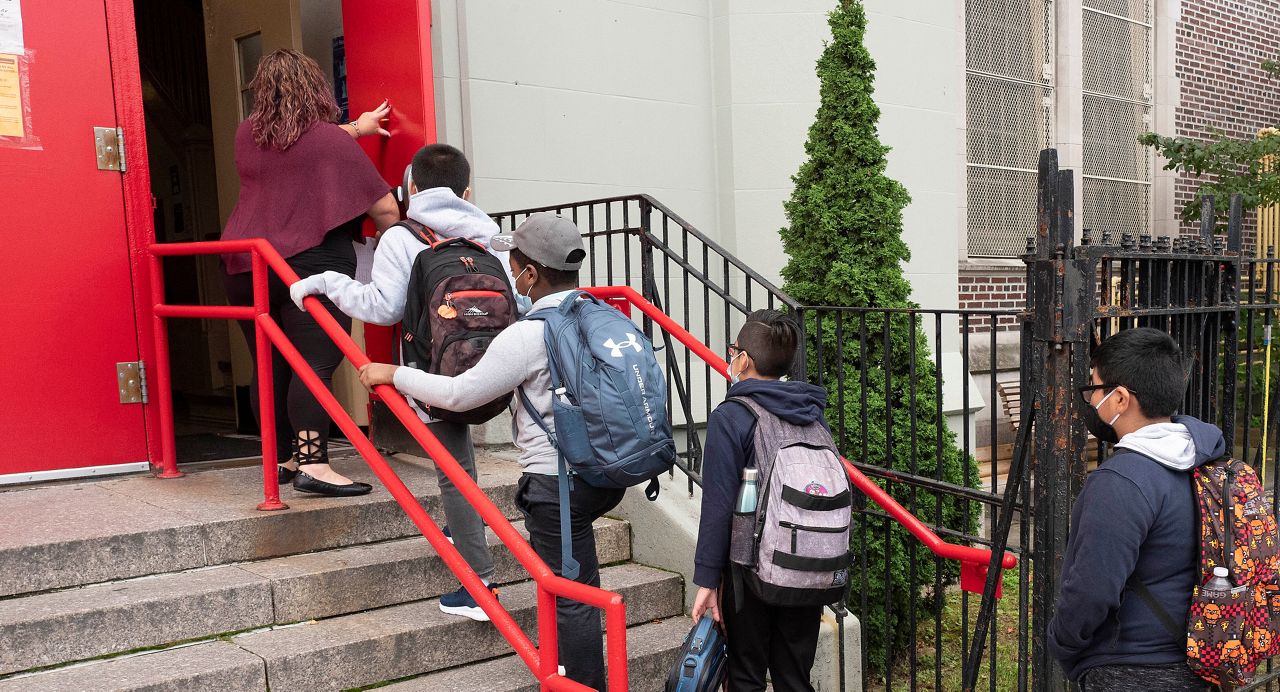As states across the country begin to ease coronavirus restrictions – reopening businesses, museums, restaurants and hotels – Americans have wasted little time returning to one of their most beloved summer pastimes: Travel.
But many popular vacation spots abroad are enforcing murky, subject-to-change guidelines for foreign entrants. As a result, the vast majority of U.S. families are planning to vacation, at least for now, within the continental United States.
As America begins its slow "return to normalcy," many lockdown-weary Americans are yearning for fresh air, a change in scenery, and a chance to explore the Great Outdoors.
The only problem? So is nearly everyone else.
With just two days before summer “officially” begins, the National Park Service is preparing for what could be its busiest season ever. Already, U.S. parks have logged a record-high number of visitors in 2021, according to NBC News – a trend that park officials expect to increase exponentially in the months ahead.
"So far, in 2021, we have set monthly visitation records January through May," a ranger at the Great Smoky Mountains National Park told NBC's TODAY show.
The numbers already speak for themselves: Grand Teton National Park in Wyoming, for example, reported a staggering 48% increase in visitors in April 2021 compared to the same month in 2019, and a 30% increase in May compared to the same month in 2019.
"Anyone visiting the park is highly encouraged to plan ahead, recreate responsibly and help ensure this iconic landscape may be enjoyed by future generations," Grand Teton National Park said in a statement.
And last month, Yellowstone National Park officials saw 483,100 visitors, the most it has ever recorded for the month of May, according to a news release – an 11% increase from May 2019.
"Summer is Yellowstone's busiest season," Yellowstone National Park said. "Millions of people visit the park in June, July and August. If you plan to travel to Yellowstone this summer, plan ahead, expect crowding, recreate responsibly and take the Yellowstone Pledge to protect yourself and the park."
"We are anticipating one of our busiest summers ever in the most popular destination — national parks," Jenny Anzelmo-Sarles, a National Parks Service spokesperson, told CBS News.
Park rangers are doing what they can to prepare for this influx. In an effort to limit overcrowding, some of the most heavily-trafficked destinations, including the Arcadia, Glacier, Rocky Mountain, and Zion national park systems, have launched online reservation systems or capped the number of visitors.
“It's gonna be a challenging year for all of our staff," one Great Smoky Mountains ranger said on the TODAY show. "With this level of visitation, we simply can't do it on our own. Each person coming to the Smokies has to take some responsibility for their trash and their behavior so that we can take care of this place they're coming to enjoy."
Already, NPS is urging visitors to plan ahead for their trip – way ahead, in some cases – to ensure they have proper accommodations, a place to park, and a backup plan in case of any weather-related emergencies or other unforeseen circumstances.
That might prove to be a difficult feat, however. Popular parks such as Yellowstone are “booked solid” for the bulk of the 2021 season, NPR reports. And the nearest open accommodations are likely to be hours away from the park.
Meanwhile, Arches National Park – another highly-frequented destination in Southeast Utah – is facing its own influx of tourists. There, visitors often endure hours of snaking traffic in hopes of gaining admission. But the park, which limits the number of entrants, often reaches capacity by 9 a.m.
Those who are turned away are encouraged to come back “within three to five hours,” The Wall Street Journal reports, and often head to nearby Canyonlands – a less-popular park, but one that has nevertheless seen a residual spike of its own. Visitors are up 30 percent in April 2021 compared to April 2019, WSJ reports.
This “great migration” to national parks has even attracted attention in Washington.
Last month, Sen. Angus King, I-ME., who chairs the subcommittee tasked with overseeing the National Park Service, praised Americans’ renewed interest in the parks – even as he cautioned that over-congesting these parks risked creating problems of its own.
“One of the problems we’re encountering is a kind of inherent tension of loving places to death,” King said. “In our committee room, we have pictures of beautiful parks, but we also have pictures of huge traffic jams in places like Acadia and Yosemite.”
In May, the National Park Service also urged U.S. travelers to visit lesser-known national parks, seemingly to no avail. "There are more than 400 national parks across the country," NPS officials wrote. "We love exploring the lesser-known ones. They can be a great option for travelers looking for all the beauty of nature, hiking trails, and rich history, with fewer crowds and lines."
Speaking before King and other Senate lawmakers in May, acting NPS director Shawn Benge urged members of the subcommittee to prioritize the preservation of U.S. National Parks.
“At the heart of the National Park idea is the notion that every American – whether their ancestors came over on the Mayflower or were here to begin with, or whether they just arrived, whether they’re from a big city or a farm, whether their father runs a factory or their mother is a maid—every American is part-owner of some of the best seafront property in the nation,” he said.
“They own magnificent waterfalls and stunning views of majestic mountains and gorgeous canyons. They have a stake in making sure that… these places are preserved for their children and their children’s children, forever.”








